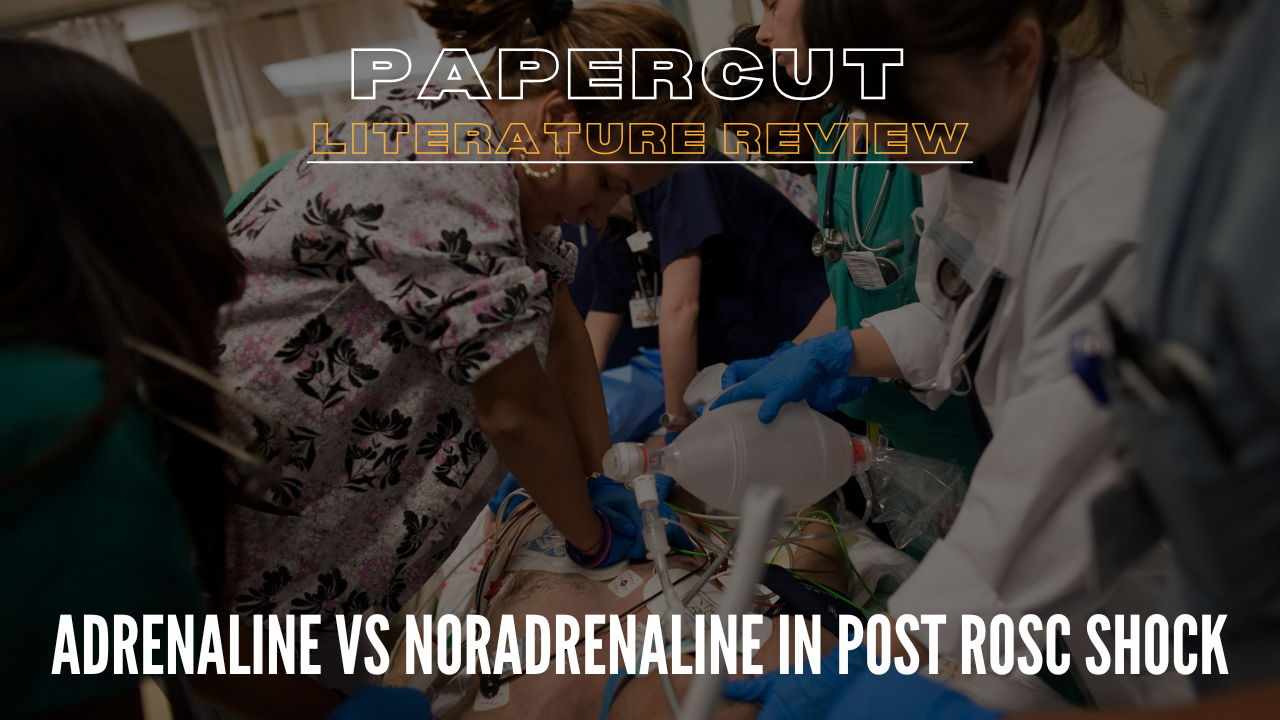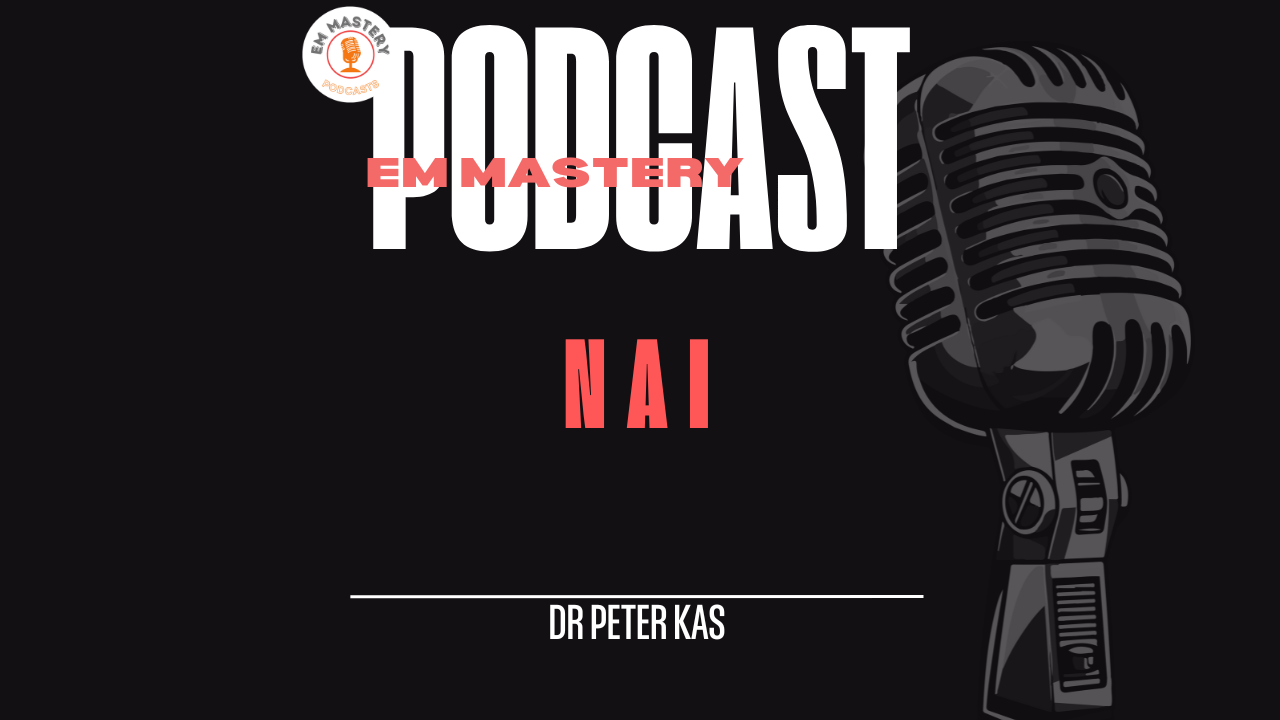
Acute Atrial Fibrillation: What we do.
May 15, 2024In this podcast we go on the patient journey, of a 61 yo patient who presents at 11pm at night with an irregularly irregular pulse, at a rate of 167 bpm and a complaint of palpitations.
How do you manage these patients?
- Who to Cardiovert and who not to
- Active vs Wait and See + can we predict who will cardiovert?
- Drugs vs Electricity
- Pads Placement
- What Energy To Use?
- Should We anticoagulate?
- Some Scores that might change your practice
References
- Botto G L et al. Presence and duration of atrial fibrillation detected by continuous monitoring: crucial implications for the risk of thromboembolic events. J Cardiov Electrophysiol 2009;20:241-8
- Cotter P E et al. Incidence of Atrial Fibrillation detected by implantable loop recorders in unexplained stroke. Neurology 2013;80: 1546-50
- Healey J S etal. Subclinical Atrial Fibrillation and the risk of Stroke. NEJM 2012;266:120-129
-
Ip J et al. Multicenter randomised study of anticoagulation guided remote rhythm monitoring in patients with implantable cardiaoverter-defibrillator and CRT-D devices: Rationale, design and clinical characteristics of the initially enrolled cohort. Am Heart J 2009;188:364-70.
- Boriani G et al. Device-detected atrial fibrillation and risk for stroke: an analysis of >10,000 patients from the SOS AF project (Stroke prevention Strategies based on Atrial Fibrillation information from implanted devices. Europ Heart J 2014;35:508-516.
- Sposato L et al. Very short paroxysm account for more than half of the cases of atrial fibrillation detected after stroke and TIA: A Systematic review and Meta- Analysis. Int J Stroke. 2015;10:801-7
- Gladstone D J et al. Atrial fibrillation in patients with cryptogenic stroke. NEJM 2014; 26:2467-2477.
- Daoud EG et al. Temporal relationship of atrial tachyarrhythmias, cardiovascular events and systemic emboli based on stored device data: a subgroup analysis of trends. Heart Rhythm 2011; 8:1416-23
-
Palomaki A et al. Strokes after cardioversion of atrial fibrillation- The FibStroke Study. Int J Card 2016;203:269-273
-
Johansson AK, et al. Is one month treatment with dabigatran before cardioversion of atrial fibrillation sufficient to prevent thromboembolism? Europace. 2015;17:1514-1517.
-
Hendrika A van den Ham et al. Major bleeding in users of direct oral anticoagulants in atrial fibrillation: A pooled analysis of results from multiple population-based cohort studies. Pharmacoepidemiol Drug Saf. . 2021 Oct;30(10):1339-1352.
-
Lopes RD, et al. Rationale and design of the Apixaban for the Reduction of Thrombo-Embolism in Patients With Device-Detected Sub-Clinical Atrial Fibrillation (ARTESiA) trial. Am Heart J. 2017;189:137–145
- Keith A A. et al. GARFIELD-AF risk score for mortality, stroke, and bleeding within 2 years in patients with atrial fibrillation. Europ Heart Jour - Quality of Care and Clinical Outcomes (2022) 8, 214–227
- Pluymaekers N et al. Early or Delayed Cardioversion in Recent-Onset Atrial Fibrillation. NEJM 2019;380:1499-1508
- Niederdockl J et al. Predicting Spontaneous Conversion to sinus rhythm in symptomatic atrial fibrillation: The ReSinus score. Eurpo J Int Med. 2021;83:45-53
- Stiell IG et al. Electrical Versus Pharmacological Cardioversion for Emergency Department Patients with Acute Atrial Fibrillation (RAFF2): A Partial Factorial Randomised Trial. Lancet 2020. PMID: 32007169
- Schmidt A S. Antero-Lateral Versus Anterior-Posterior Electrode Position for Converting Atrial Fibrillation. Circulation. 2021;144:1995–2003.
- Glover B M, et al Biphasic Energy Selection for transthoracic cardioversion of atrial fibrillation. The BEST AF Trial. Heart. 2008 Jul;94(7):884-7
Join Our Free email updates
Get breaking news articles right in your inbox. Never miss a new article.
We hate SPAM. We will never sell your information, for any reason.













